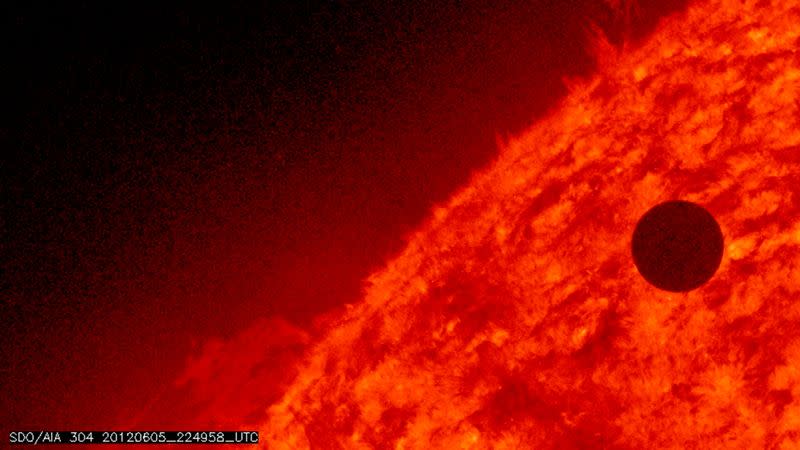
During the annual Planetary Defense Conference, scientists from a number of space agencies participated in a simulated emergency response scenario where a fictional asteroid called 2021 PDC was bound for Earth.
The participants considered many options, including trying to nudge the asteroid off course, but it was already too close to Earth for that to be effective.
Additionally, the scientist determined that "the force require to shift fictional asteroid 2021 PDC off a collision course with Earth is so lark that it risks breaking up the asteroid — perhaps creating multiple large fragments that could impact Earth." The scientists also considered the use of nuclear explosives to destroy or at least severely reduce the odds of any large impactor being able to pass through Earth's atmosphere.
"The Space Missions Planning and Advisory Group (SMPAG) has concluded that no space missions can be launched to fictional asteroid 2021 PDC in time to deflect or disrupt it," the ESA notes in its chronicle of the exercise.
The fictional asteroid struck the Czech Republic near its border with Germany and Austria.
Proxima Centauri is the closest star to the solar system and is home to a potentially habitable planet.To learn about this extraordinary event – and what it might mean for any life on the planets orbiting Earth’s closest neighboring star – The Conversation spoke with Parke Loyd, an astrophysicist at Arizona State University and co-author of the paper?
Proxima Centauri is the closest star to this solar system.
A couple of years ago, a team discovered that there is a planet – called Proxima b – orbiting the star.
It’s just a little bit bigger than Earth, it’s probably rocky and it is in what is called the habitable zone, or the Goldilocks zone.
Proxima Centauri is a small star called a red dwarf – it’s around 15% of the radius of our Sun, and it’s substantially cooler.
So Proxima b, in order for it to be in that Goldilocks zone, actually is a lot closer to Proxima Centauri than Earth is to the Sun.
So Proxima b, the closest planet in another solar system with a chance for having life, is subject to space weather that is a lot more violent than the space weather in Earth’s solar system?
In 2018, my colleague Meredith MacGregor discovered flashes of light coming from Proxima Centauri that looked very different from solar flares.
We used nine telescopes on Earth, as well as a satellite observatory, to get the longest set of observations – about two days’ worth – of Proxima Centauri with the most wavelength coverage that had ever been obtained.